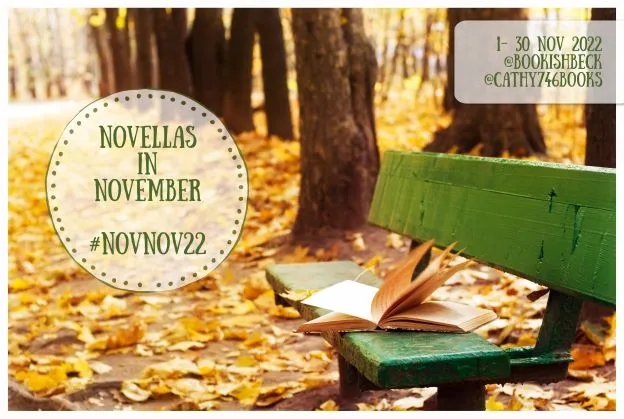
Asking for the Moon is described on the cover as a Dalziel and Pascoe novel, but it is actually a collection of four novellas. According to Wikipedia the collection was first published in 1996 in hardback by HarperCollins.
The first story is The Last National Service Man which tells how Dalziel and Pascoe first met. Neither of them are impressed by the other. Dalziel thinks Pascoe is everything he dislikes – a graduate, well spoken, and a Southerner from south of Sheffield. Pascoe thinks Dalziel is an archetypical bruiser who got results by kicking down doors and beating out questions in Morse code on a suspect’s head. When Dalziel and Pascoe are kidnapped by a madman with a serious and justifiable grudge against the Superintendent. They need to get over their differences and work together to escape their jailer.
The next two stories both feature ‘ghosts’ – Pascoe’s Ghost and then Dalziel’s Ghost (both first published in 1979 in another collection of short stories). In Pascoe’s Ghost a man whose wife has been missing for a year gets some strange phone calls—as well as a visit from Detective Inspector Pascoe—in a novella that pays homage to Edgar Allan Poe, with each chapter headed with a quotation from Poe’s poetical works. This is the longest story and reminded me of Agatha Christie’es Golden Age Mysteries as Pascoe interviews the suspects in the library
Dalziel’s Ghost is a brief and rather odd story in which the two detectives keep a nightly vigil in Sandstone Rigg farmhouse, an isolated house that had been renovated, apparently disturbing a ghost. In Dalziel’s experience there are three main causes of ghosts – ‘One: bad cooking. Two: bad ventilation and Three – bad conscience.’ Things aren’t what they seem and Dalziel is once again his devious self. But I think this one is the least convincing of the four stories.
One Small Step, was originally published in 1990 by Collins Crime Club.The story is set in 2010, when a French astronaut, one of an international space team from the Federated States of Europe, became the first man to be murdered on the moon. Retired Detective-Superintendent Andrew Dalziel, suffering from gout and Peter Pascoe, now Commissioner of Eurofed Justice are called upon to investigate – on board the space ship. In his Foreword I gather that Hill wrote this to celebrate the twenty years he’d been writing the Dalziel and Pascoe novels.
I think the best story in the book is the first one, The Last National Service Man.
If you haven’t read any of the Dalziel and Pascoe novels, don’t start with this one. It’s not the best, but still an enjoyable 3* book for me.







